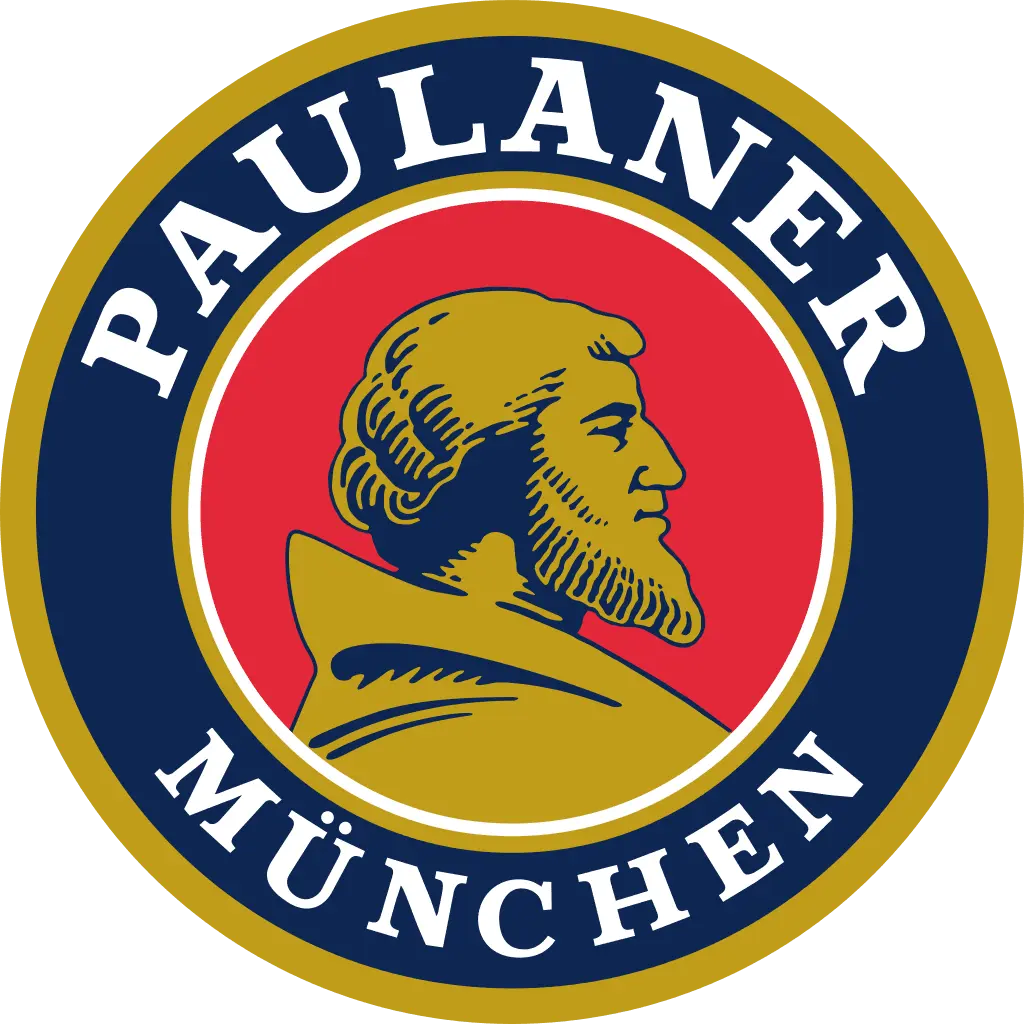Bavaria is called the citadel of brewing, a considerable number of German breweries are concentrated here. One of them – Paulaner – a large production, whose beer is well known outside of Germany, is appreciated by true connoisseurs and fans of the foamy drink.
The history of the Paulaner brand began in the Neudeck ob der Au monastery, located in the vicinity of Munich. The difficult life of seventeenth-century monks outside the walls of the monastery involved hard daily work and a meager diet. To withstand the physical restrictions during a severe fast, the monks began to brew beer for themselves – strong and satisfying. The enterprising inhabitants of Neudeck ob der Au sold the surplus to peasants from neighboring villages, putting a lot of money into the monastery piggy bank.
Gradually, not only villagers, but also townspeople learned about beer. The Munich brewers were worried about the popularity of the drink from the monastery, and they filed a complaint with the authorities about successful competitors. This document, a written complaint dated 1634, was the first mention of Paulaner beer.
In the seventies of the 18th century, Valentin Stefan Still (brother of Barnabas) was appointed the chief brewer of the Neudeck ob der Au monastery. He treated brewing as an art, experimenting, working with inspiration and constantly looking for new flavors of the familiar drink. Stefan Still not only set strict criteria for evaluating the quality of beer, but created an amazing recipe that has been used as a basis by Paulaner masters for several centuries. We are talking about the famous Bavarian beer – Paulaner Salvator. Fans call it the perfect combination of strength, richness and purity of taste nuances.

The Oktoberfest folklore festival is known far beyond the borders of German territories. It began with the festivities that took place in 1810 on the occasion of the marriage of the heir to the Bavarian throne (the future King Ludwig I) with the Saxon princess Teresa. Five years later, when the festival gained momentum in popularity, brewers began to flock here. However, the Paulaner masters were not invited as ordinary visitors, they were honored to set up their “beer tents” at the festival and treat the participants of the festival with foamy “Paulaner Salvator”.
King Ludwig I of Bavaria was also among the ardent admirers of the drink. For its excellent taste in 1837, the reigning monarch proclaimed “Paulaner Salvator” a real German beer and classified it as a luxury item.
Interesting fact
In 1844, the Munich brewers decided that their drinks were worthy of a higher payment and raised the price. The townspeople didn’t like it, they opposed such “injustice” for almost four years – they beat out windows, smashed frames and door jambs, broke brewery equipment. Historians have called these events the first Munich beer revolution. During that period, all institutions suffered from the actions of the dissatisfied. Except Paulaner. The brawlers knew a lot about excellent beer and showed respect for a respectable company.
Types of beer Paulaner
Preserving centuries-old traditions, Paulaner does not like to “stagnate”. In 1986, its brewers surprised the world with the first non-alcoholic wheat beer, Hefe-Weissbier Alkoholfrei, and a little later, Original Munchner Alkoholfrei, a non-alcoholic, bottom-fermented variant.
Today, Paulaner fans have a choice. Each variety is interesting, some of the most popular include:
- Paulaner Hefe-Weissbier Naturtrub is a wheat beer with honey-fruity notes with hints of spices and a harmonious aftertaste of ripe wheat aroma. Brewers are advised to combine the drink with German dense cheeses, meat or fish.
- Unfiltered Hefe-Weissbier has dark chocolate, fruits and exotic spices. A subtle note of roasted malt surrounds the softness of wheat, creating a rich bouquet.
- Paulaner Hefe is suitable for lovers of bitter taste, which decorates and emphasizes the tenderness of caramel malt nuances and the sweetness of aged apple liqueurs.
- Paulaner Original Munchner. It is difficult to find a person among the Bavarians who is indifferent to this sort of light and light beer. The combination of floral aromas and fresh bread, transparent honey and tart hops – the taste and color of the drink are in rare harmony. All traditional German dishes are combined with this beer.
- Oktoberfest bier – for the balance of taste and finesse beer is called “Bavarian champagne”. This festive drink, which is sure to decorate the Munich beer festival and is its symbol.










